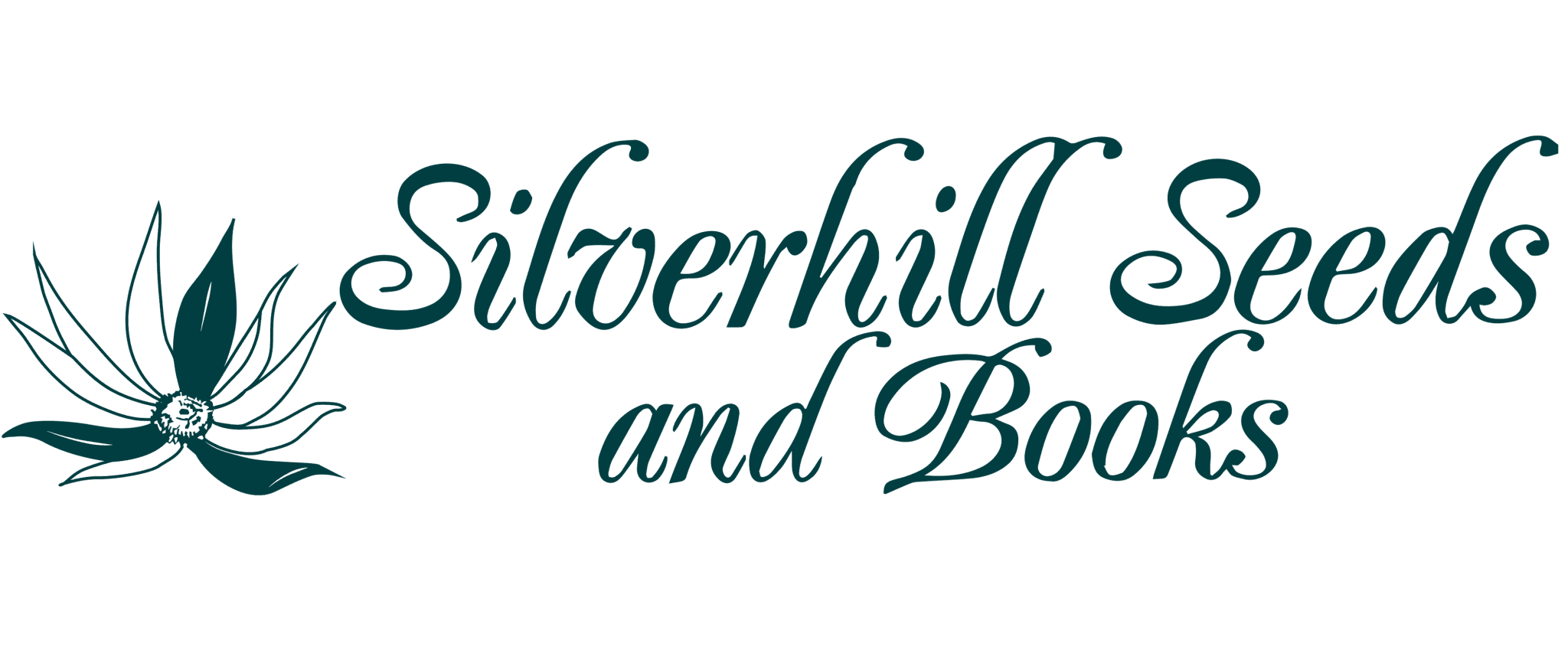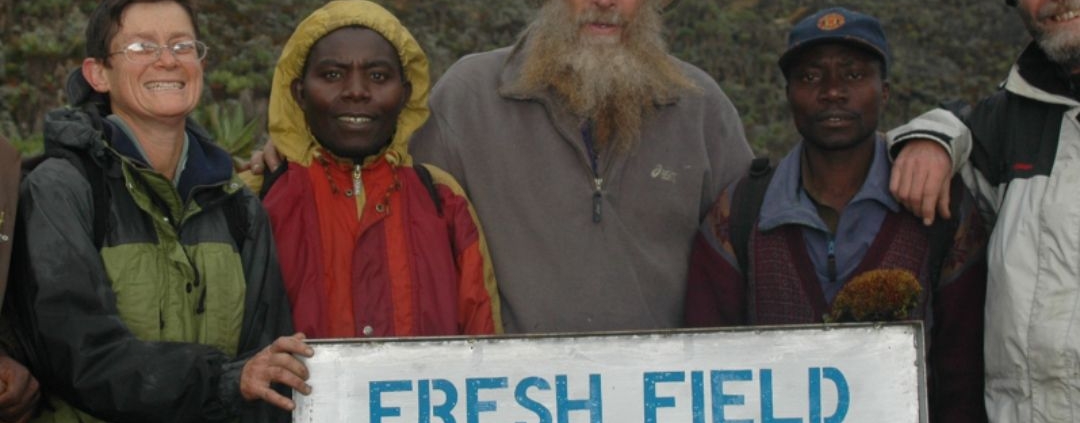From the Archives: Newsletter January 2006
December 2005
Dear Customer
Unbelievable as it may seem, it is already December again! Perhaps it is our age, or the speed of modern day living, but time seems to fly faster and faster each year.
When we last wrote, the Cape was at the start of the rainy season, and we hoped for a good season. We did receive reasonable rain over the winter, and by the end of October when the rain stopped, the average dam level in the SW Cape was 88%. Some dams such as the Clanwilliam dam were overflowing, but Cape Town’s storage dams were slightly lower. The rain even reached Namaqualand this winter, and the flower season was reasonable. Further east along the coast, the rainfall was poor and there have been some devastating fires along the Garden Route.
All water restrictions have now been removed in Cape Town, and we can water our gardens again. Whether this is a bright move by the City Council or not, remains to be seen, as our dam level is already down to 75%. Cape Town’s water problems are by no means over – our population has increased astronomically over the last few years, due to both a high birth rate and population movement from rural areas and from countries to the north of us. A new dam is being constructed at present, but the projections are that this will not solve our long-term water shortage. In June we drilled a borehole in the middle of our driveway where it caused minimal disruption, and we now use that water for the garden and seed cleaning.
Now it is our turn for fires, and the SW Cape is burning in all directions. Last week there were something like 10 fires in and around Cape Town, and once again the poor fynbos on the mountains is under threat. We were supposed to be in Bainskloof about 100km from Cape Town last weekend to help remove alien vegetation, but on our arrival we were told to leave again as the whole area was burning. It is frightening to see the mountains go up in flames. There was a gale force wind blowing and within seconds entire mountain slopes were engulfed in flames, leaping 10 to 15 meters into the air. The last fire in the area was only 10 years ago, which is barely enough time for most reseeding plants to build up seed reserves. We are now hoping for a good wet winter next year to ensure maximum survival of the seedlings.
In July Rod acquired a digital camera (a Nikon single lens reflex) and he has had a lot of fun playing with it. The photos on the cover of the catalogue were all taken using it together with the lenses he had on his conventional film camera. The biggest advantage of using it is when the wind is blowing and it is extremely difficult to make the Dierama or Moraea keep still. Now he shoots 10 or 20 pictures, and invariably at least one of them is focused and perfect.
During 2005 we made several trips to the north east of South Africa, to the area called Venda. We went once in summer, once in winter to see all the Aloes in flower, and once in October to collect seed. It is one of our favourite areas to botanise, but alas it is also becoming over-run with people. With all the political instability in Zimbabwe, only a few kilometers away, a lot of refugees are moving south and settling in Venda, which is very similar to the area they have left. Each time we go there are more houses, more people and fewer trees. The pictures of Stictocardia macalusoi and Adenia spinosa on the back cover of the catalogue were both taken on our last trip to Venda. Stictocardia is a plant that is native to Kenya, and one wonders how it got to Venda where it grows in profusion along someone’s fence, making a wonderful show. We were lucky with the Adenia spinosa – the plants were bristling with ripe seeds. However, the temperature that day was over 40°C, and the seeds were extremely fiddly to collect. By the time we had finished, we were both covered in Adenia juice, bleeding from contact with the spines, and pouring with sweat! Adenias are poisonous, but we are both still alive so presumably the seeds and seed capsules are not poisonous!
Early in January we are heading off to Uganda for 2 weeks. This time we are flying as we cannot afford the time to drive there (about 6 or 7 days from Cape Town, driving more or less non-stop). We hope to see some high altitude flora in the Ruwenzori Mountains, and maybe see a gorilla or a chimpanzee or two! We have had inoculations for yellow fever, meningitis and typhoid, and we are armed with mosquito nets and malaria pills, plus clothes to suit cold weather at 4000m above sea level, and clothes to suit hot humid weather at the equator! More about that in the next newsletter.
We still love working from home again, and we often wonder why we had to go through all those moves to make us realise how lucky we are at home! Our garden is thriving with the little bit of extra water it is getting this summer and our tiny 1 x 2 meter swimming pool gets a lot of use, particularly after our frequent fights with the bank, the post office, the courier, the income tax office, the Cape Town city council etc etc!
Our employees remain the same – Darkie, Denise, Cherie, Ondine and Rachel’s mother. Ondine’s oldest child goes to school next year, and so the years go by! Our 3 cats are all still with us, but 2 are old and every time we go away we wonder if they will still be here when we get back. All of them are good at lying on whatever one is trying to do, and fiddling with the computer keyboards!
The tissue culture lab at our smallholding at Brackenfell is doing well, and this year Andy planted a large number of coloured arums (Zantedeschia) in pots. They are all in full flower now, and he has been having fun selling them as Christmas presents at various craft markets around Cape Town. They are a fairly challenging crop to grow successfully, and he is justifiably proud of the plants. We have almost finished clearing all the alien vegetation on the property (mostly Australian acacias) and the fynbos in the undeveloped area is doing well. We have planted several rare and endangered species that used to occur in Brackenfell, and most of them are thriving in the sand. We will need to water them this summer as they are small still and the ground is very dry already. There is no sign of any summer rain this year unfortunately.
Happy seed sowing and let’s once again hope for a peaceful 2006,
Rod and Rachel Saunders



